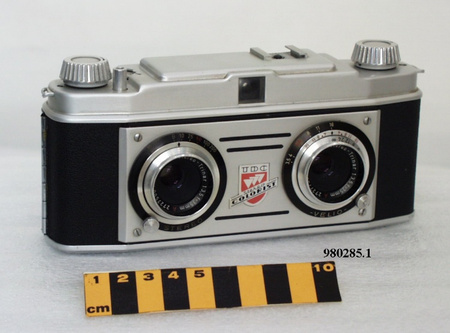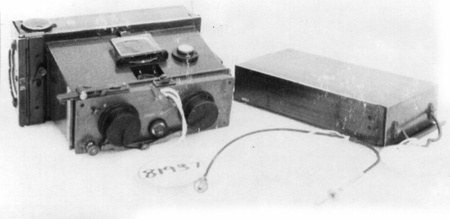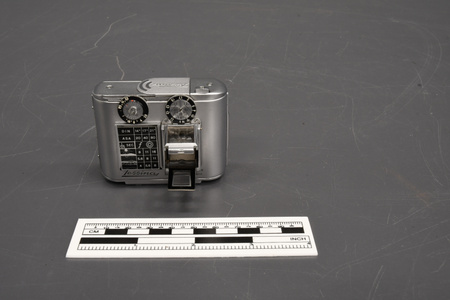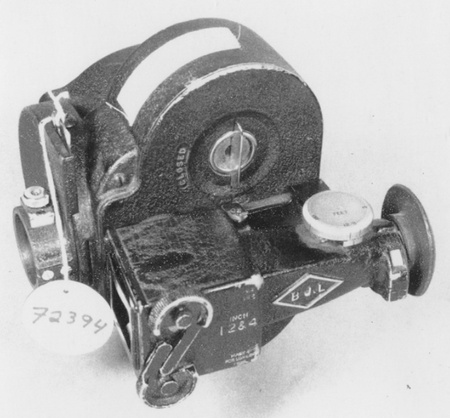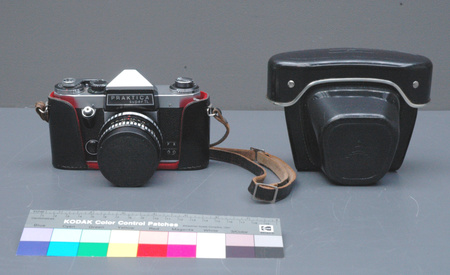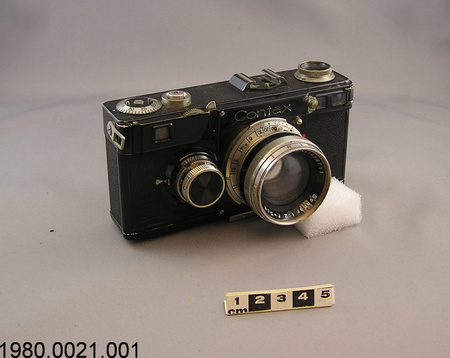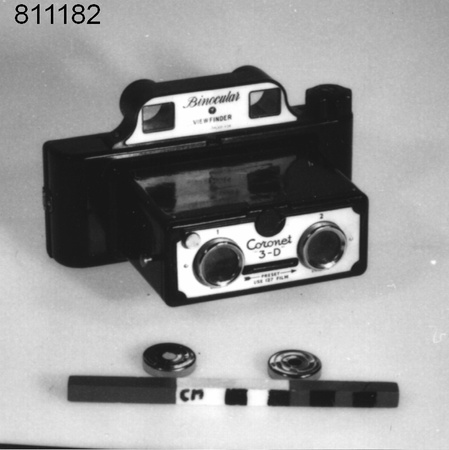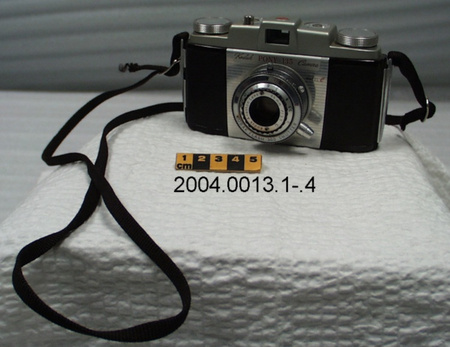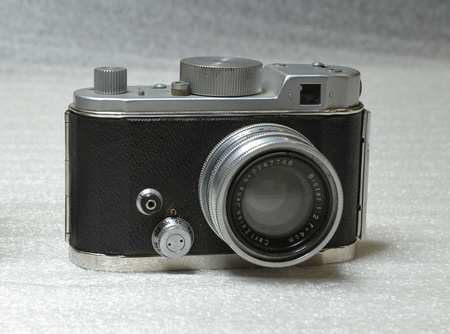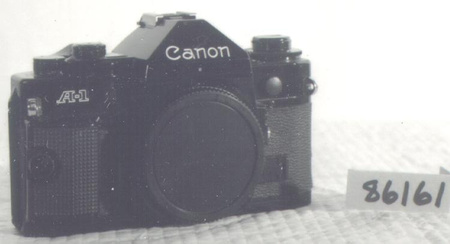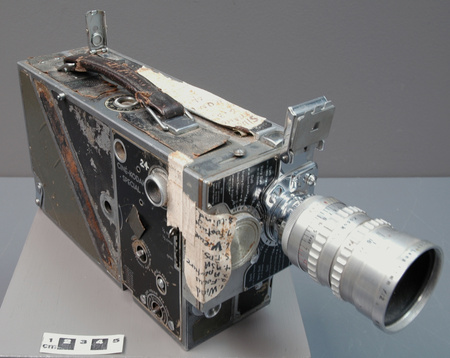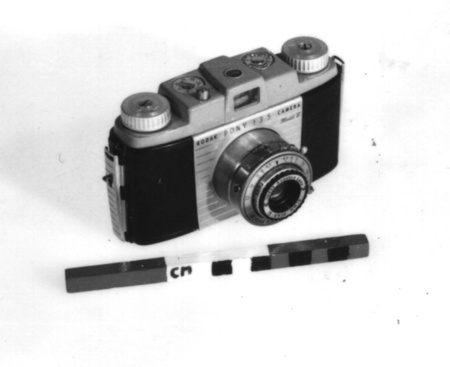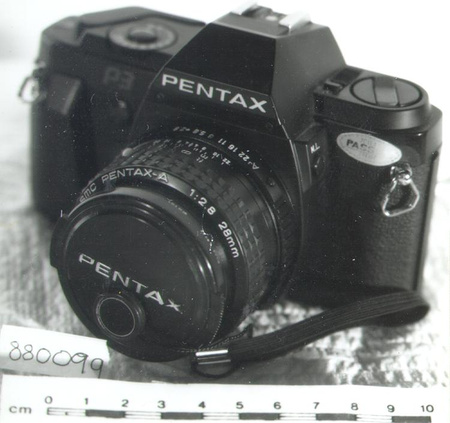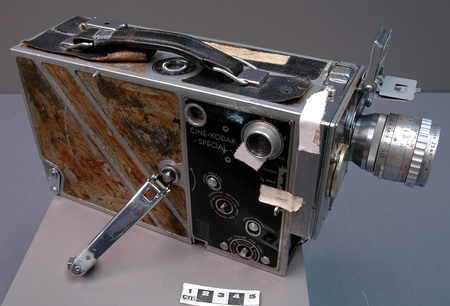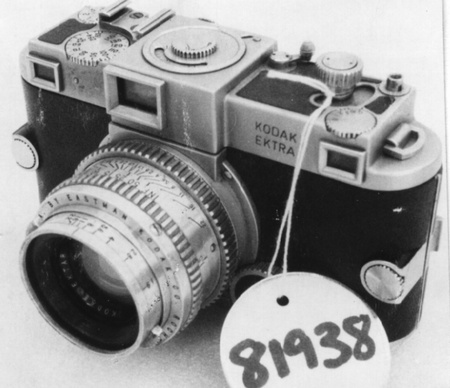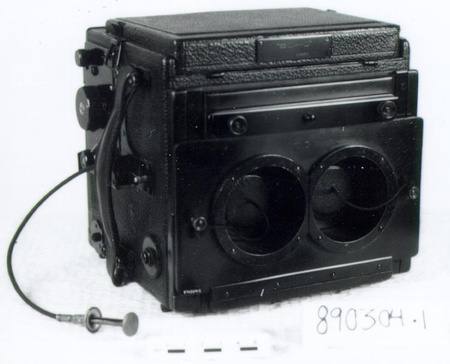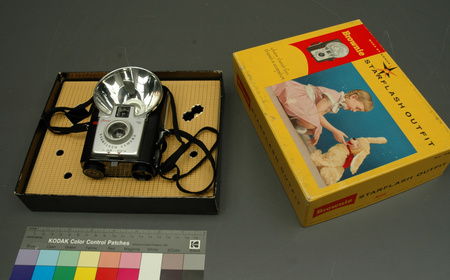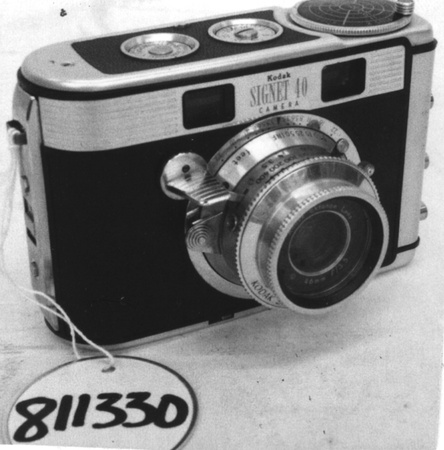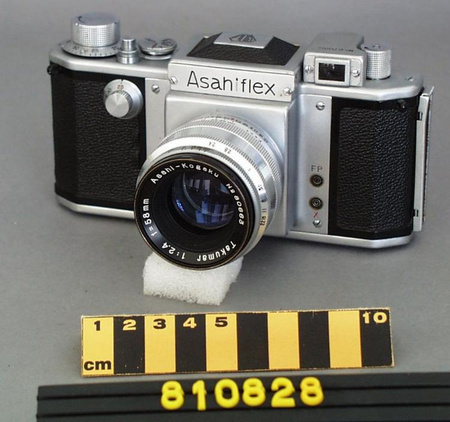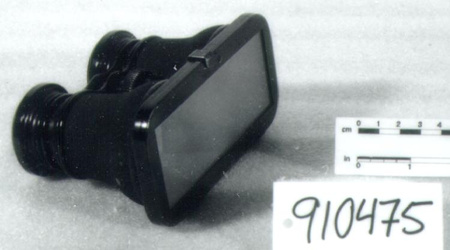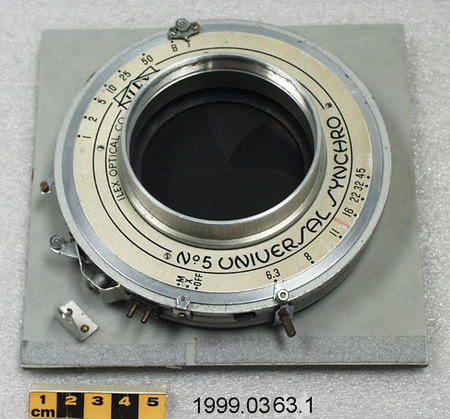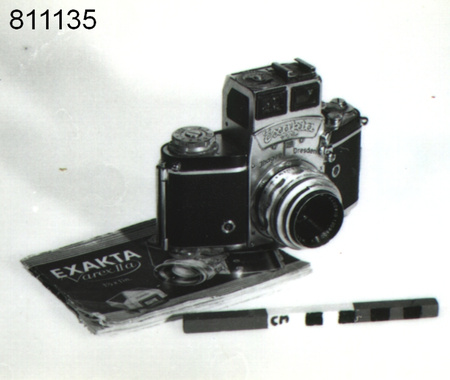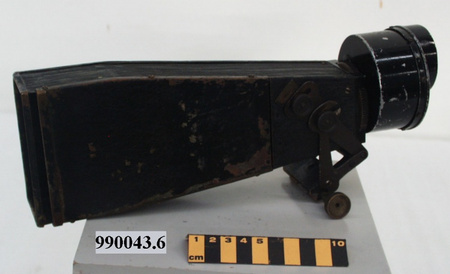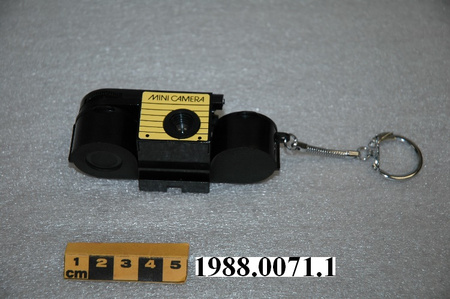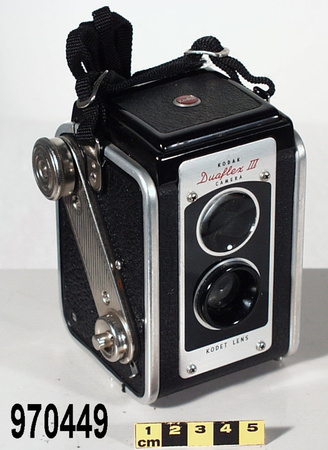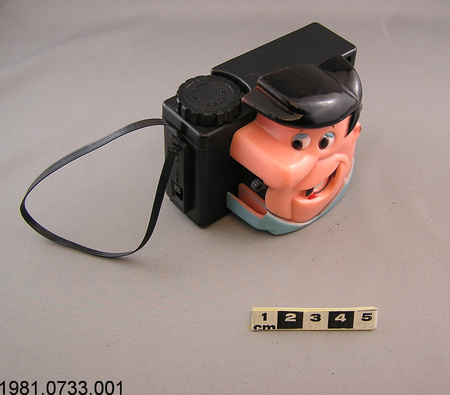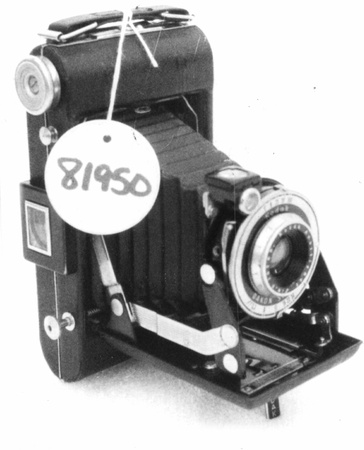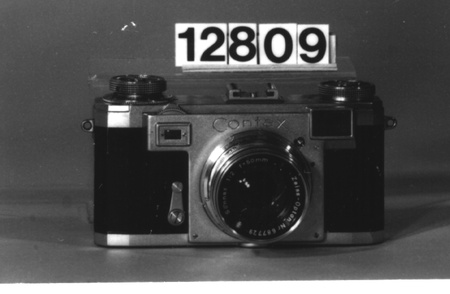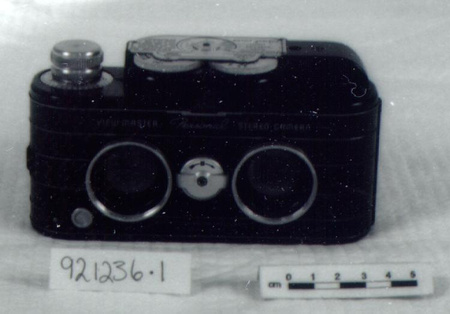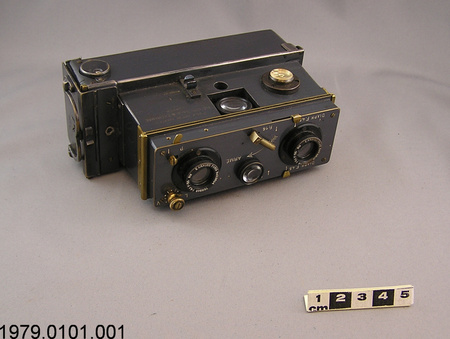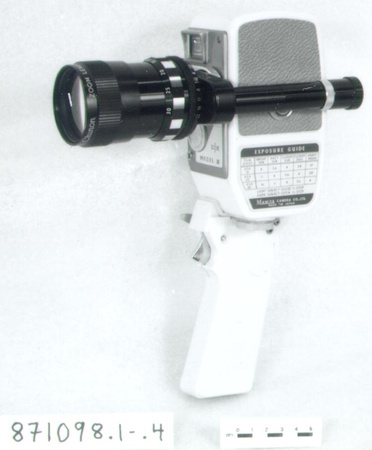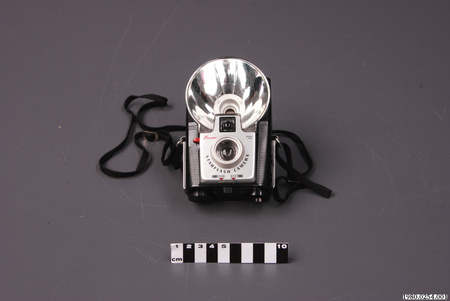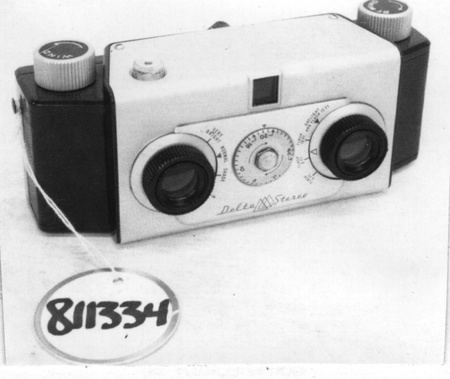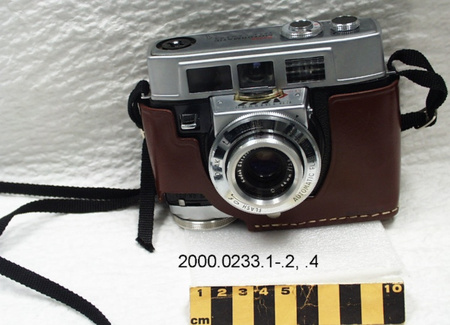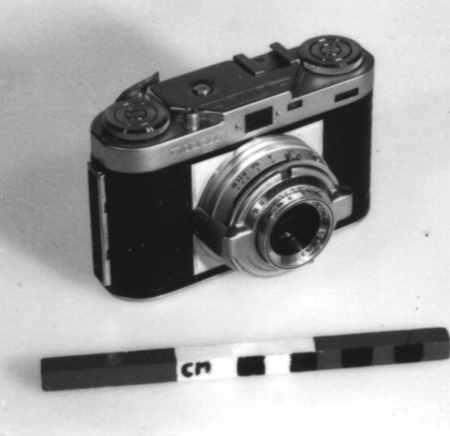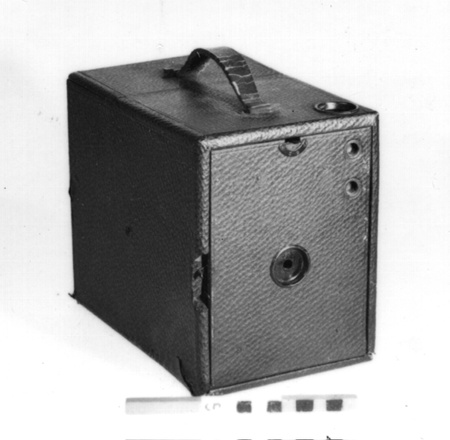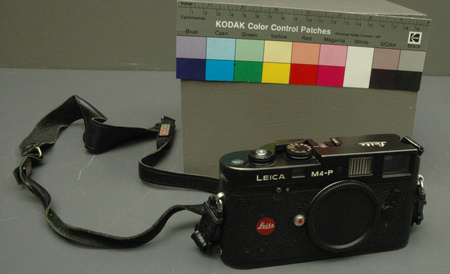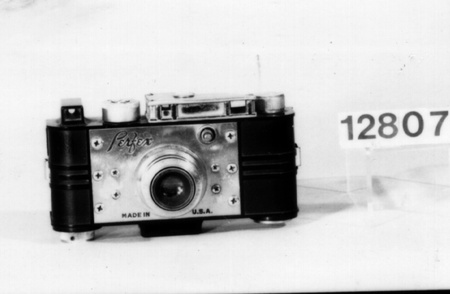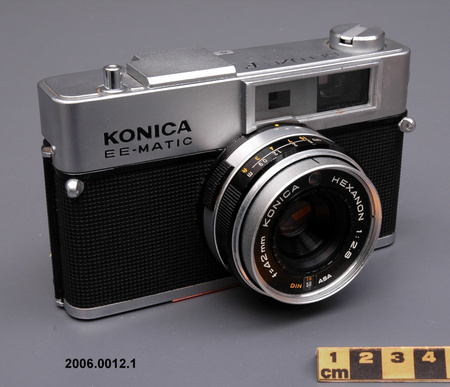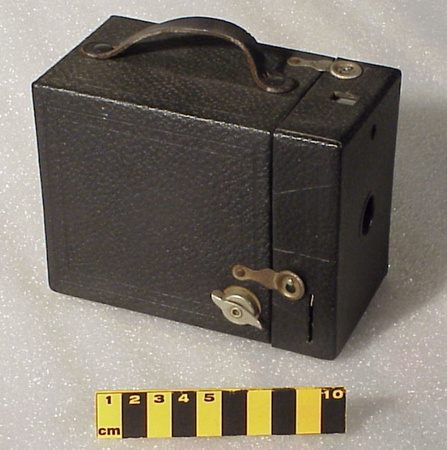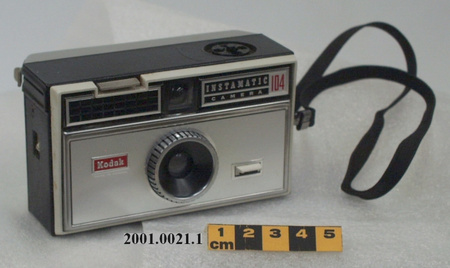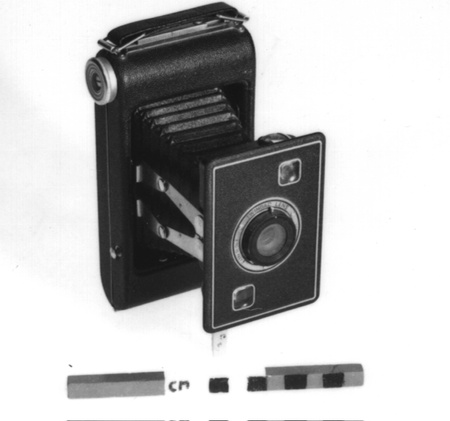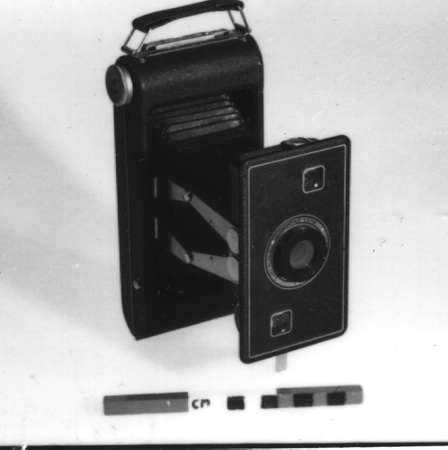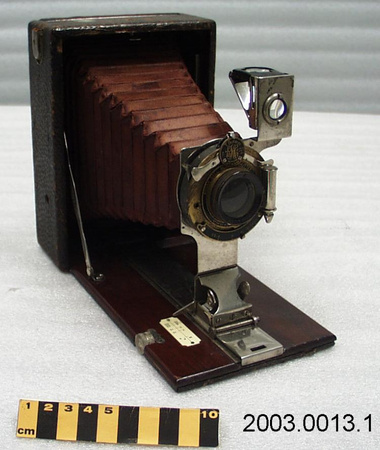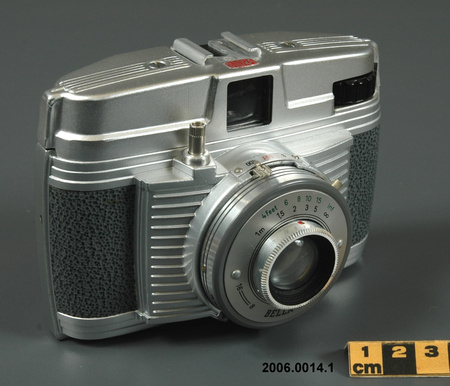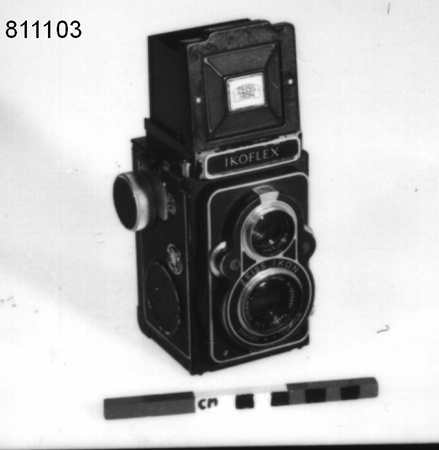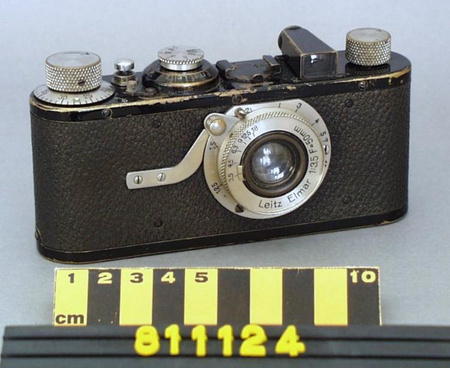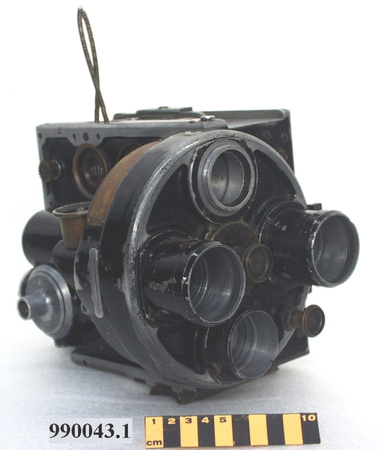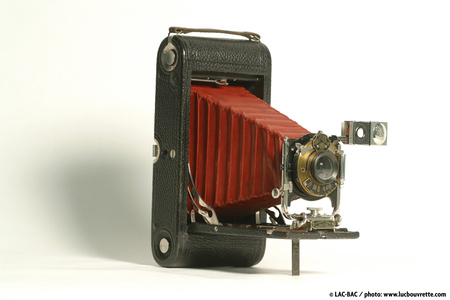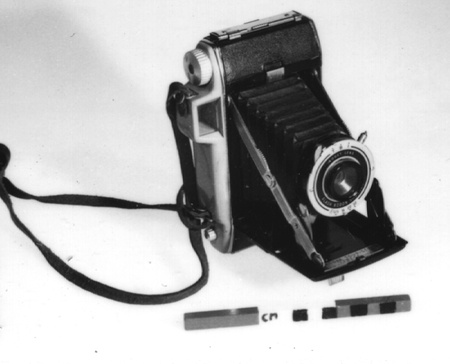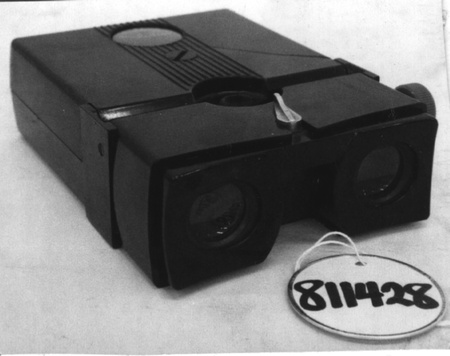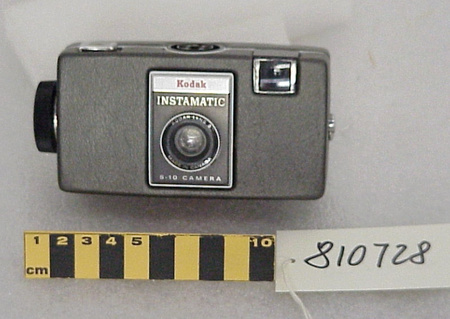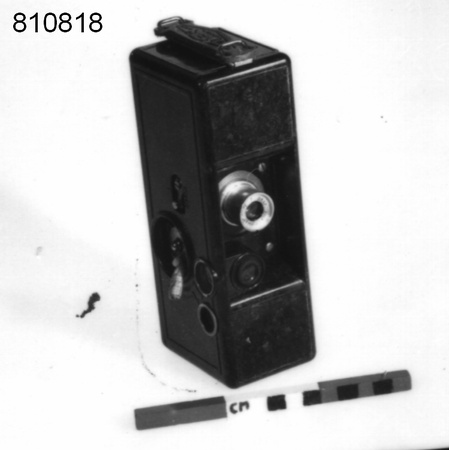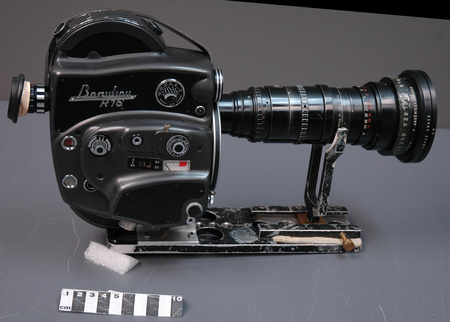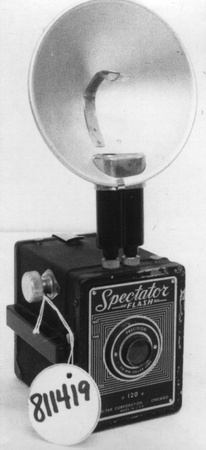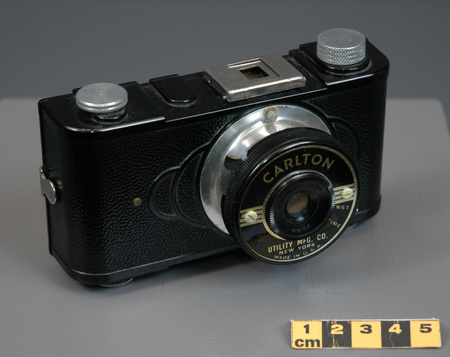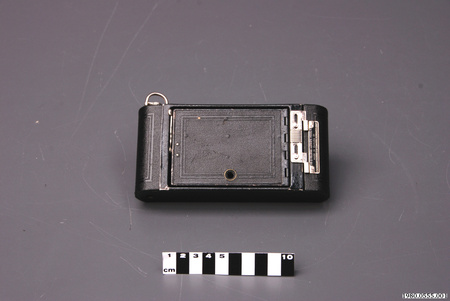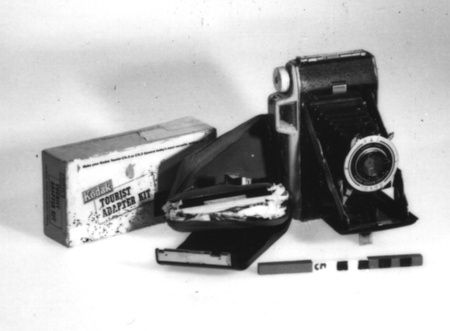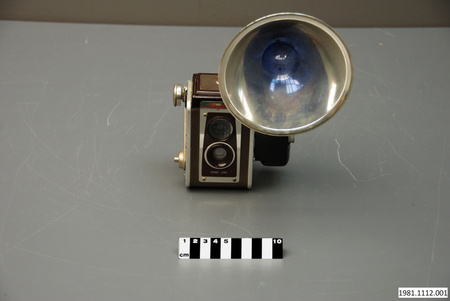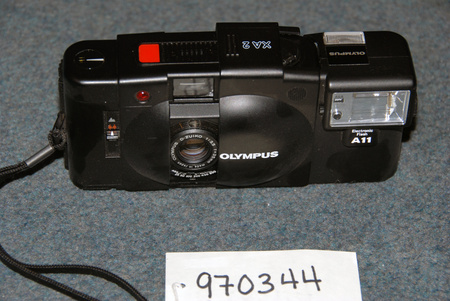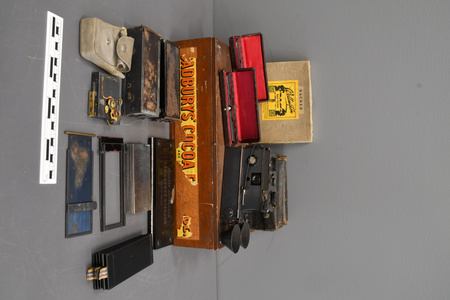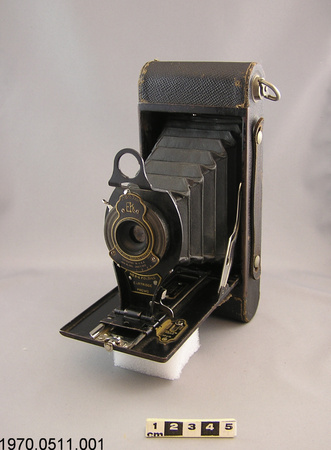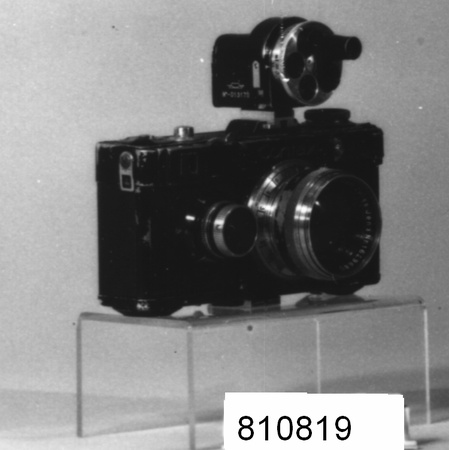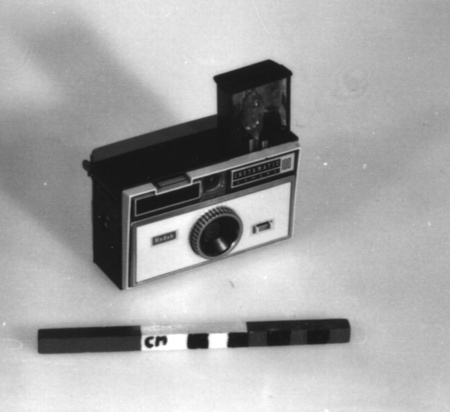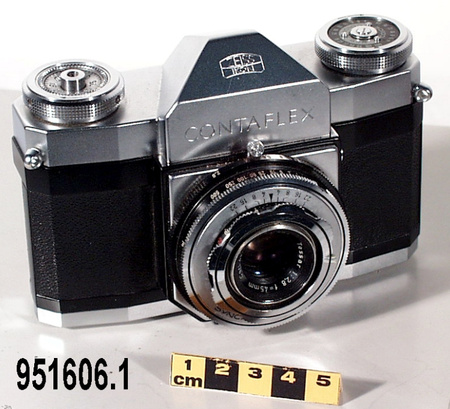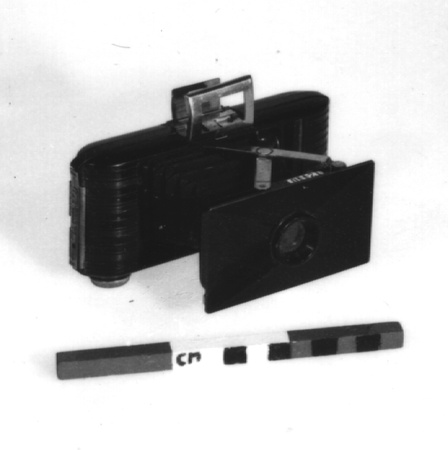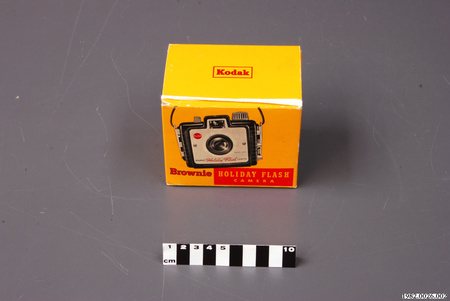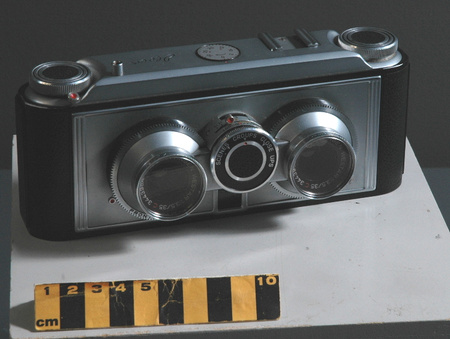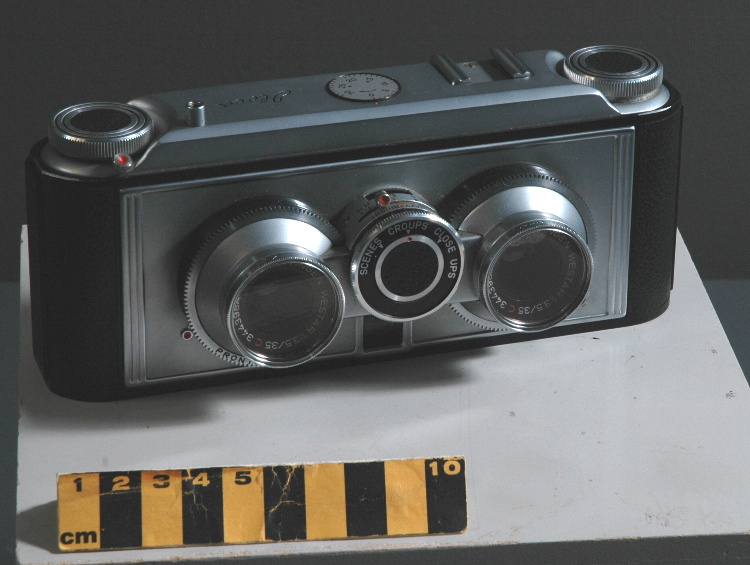Appareil-photo
Utiliser cette image
Puis-je réutiliser cette image sans autorisation? Oui
Les images sur le portail de la collection d’Ingenium ont la licence Creative Commons suivante :
Copyright Ingenium / CC BY-NC-ND (Attribution-NonCommercial 4.0 International (CC BY-NC 4.0)
ATTRIBUER CETTE IMAGE
Ingenium,
2004.0159.001
Permalien:
Ingenium diffuse cette image sous le cadre de licence Creative Commons et encourage son téléchargement et sa réutilisation à des fins non commerciales. Veuillez mentionner Ingenium et citer le numéro de l’artefact.
TÉLÉCHARGER L’IMAGEACHETER CETTE IMAGE
Cette image peut être utilisée gratuitement pour des fins non commerciales.
Pour un usage commercial, veuillez consulter nos frais de reproduction et communiquer avec nous pour acheter l’image.
- TYPE D’OBJET
- STEREO/35 MM
- DATE
- 1954
- NUMÉRO DE L’ARTEFACT
- 2004.0159.001
- FABRICANT
- Witt, Wilhelm Iloca Werk Co.
- MODÈLE
- Stereo IIA
- EMPLACEMENT
- Hambourg, République fédérale d'Allemagne
Plus d’information
Renseignements généraux
- Nº de série
- 328643
- Nº de partie
- 1
- Nombre total de parties
- 7
- Ou
- S/O
- Brevets
- S/O
- Description générale
- metal, synthetic, and glass materials of construction.
Dimensions
Remarque : Cette information reflète la taille générale pour l’entreposage et ne représente pas nécessairement les véritables dimensions de l’objet.
- Longueur
- 18,5 cm
- Largeur
- 6,5 cm
- Hauteur
- 8,3 cm
- Épaisseur
- S/O
- Poids
- S/O
- Diamètre
- S/O
- Volume
- S/O
Lexique
- Groupe
- Photographie
- Catégorie
- Appareils-photos
- Sous-catégorie
- S/O
Fabricant
- Ou
- WITT
- Pays
- République fédérale d'Allemagne
- État/province
- Inconnu
- Ville
- Hambourg
Contexte
- Pays
- Canada
- État/province
- Alberta
- Période
- This type of camera used c. 1954+
- Canada
-
Example of a good quality stereo camera which was used in Canada, nd made during the last popular revival period of stereo photography, the 1950s. It was originally owned by Ralph Winston Scott, Calgary AB. - Fonction
-
To record 2 still images simultaneously on adjacent areas of photographic film for stereoscopic (3D) viewing with appropriate viewing device. - Technique
-
The Iloca IIA is an example of a miniature, 35mm stereo camera. The pattern for this type of camera was set by Jules Richard's Vèrascope (1979.0101; 1981.0937). Introduced in 1894, it consisted of an all-metal body, double-lenses, and an optical viewfinder between the lenses. With only minor variations it continued to be sold until the 1930s. Although the Vèrascope was a plate camera, Richard also introduced a 35mm film stereo camera in 1914. It failed to catch on, however, and was discontinued in the 1920s. Several 35mm stereo cameras were introduced in the 1930s, but this was a period of decline for stereophotography and relatively few were sold. Stereophotography enjoyed a revival after WWII, reaching it's peak in the 1950s. The most popular stereo camera of the post-war years was the Stereo Realist, manufactured in the U.S. by David White Instrument Co.. Apart from the fact it took 35mm film, increasingly popular among amateur photographers after the war, it differed little in its general layout from the Vèrascope of 1894. Wilheim Witt, a producer of good quality 35mm cameras, introduced its first stereo cameras in 1950. The Iloca II was introduced in 1951, the company's first to use the Stereo Realist's 24 x 23 mm image size, which had become the de facto industry standard in North America. The Stereo IIA, introduced in 1954, differed from it's predecessor only in it's more modern, streamlined appearance. Both featured coupled focusing of the twin Ilitar 1:3.5/35mm lenses, shutter speeds up to 1/300 second, and a direct optical viewfinder. Due to stiff competition from cameras like the Iloca, David White Instrument Co. contracted Wilheim Witt to produce a cheaper version of its Stereo Realist. The result was the Realist 45 (1981.1184). - Notes sur la région
-
Inconnu
Détails
- Marques
- "Iloca" incised in script on camera body top. All settings, etc. labelled. "Made in Germany" incised in underside of bar connecting lens housings. Both lenses marked "ISCO-GOTTINGEN WESTAR 1:3.5/35": one lens marked "C344398A", the other marked "C344398B". "PRONTOR-S" marked on shutter housing on proper left lens. "Kodak Skylight Filter 32 - OL" marked on both filer rings [NB: could not be removed at time of cataloguing]. "328643" stamped into film bed. Yellow decal, above, bears text "[up arrow]/ LIFT REWIND KNOB/ INSERT FILM, TIP DOWN/ [down arrow] LOWER REWIND KNOB/ . PULL FILM TO RIGHT AND INSERT IN SPOOL SLOT/ . WIND FILM UNTIL ITS HOLES ENGAGE IN SPROCKET WHEEL/ . CLOSE CAMERA. SEE INSTRUCTIONS ON BASE OF CAMERA." Instructions printed on camera base read "AFTER LOADING/ . WIND UNTIL KNOB STOPS/ . COCK LEVER AROUND RIGHT TOP KNOB/ TOWARD CAMERA BACK/ . PRESS SHUTTER RELEASE AND/ WIND FILM/ . REPEAT PROCEDURE TWO/ MORE TIMES/ . SET FILM COUNTER TO "0"/ . COCK LEVER AGAIN/ FOR STEREO PICTURES ON SUNNY DAYS */ . SET TOP MIDDLE LEVER ON "BRIGHT"-RED LINE */ . TURN LARGE NOTCHED RING AROUND LENSES UNTIL/ RED/YELLOW 50 IS CENTERED IN TOP WINDOW/ . TURN MIDDLE FRONT RING TO "GROUP" OR/ ACTUAL DISTANCE/ . SIGHT THROUGH ACTUAL VIEWFINDE[R]/ . PRESS SHUTTER RELEASE/ . ADVANCE FILM AND COCK LEVER AROUND RIGHT/ TOP KNOB/ * FOR HAZY OR DULL DAYS MATCH COLORS AS ABOVE/ FOR FULL DETAILS SEE INSTRUCTION BOOKLET/ FLASH PICTURES/ USE NO. 5 AND 25 FLASHBULBS AT/ 1/25 SECOND AND LENS OPENINGS/ (f/stops) AS SHOWN ON FLASH/ BULB CARTON".
- Manque
- Appears complete.
- Fini
- Metal body has brushed silver metal, black metal, and black pebble-textured synthetic exterior finishes; flat black interior; clear glass optics.
- Décoration
- S/O
FAIRE RÉFÉRENCE À CET OBJET
Si vous souhaitez publier de l’information sur cet objet de collection, veuillez indiquer ce qui suit :
Witt, Wilhelm Iloca Werk Co., Appareil-photo, vers 1954, Numéro de l'artefact 2004.0159, Ingenium - Musées des sciences et de l'innovation du Canada, http://collection.ingenium.ca/fr/id/2004.0159.001/
RÉTROACTION
Envoyer une question ou un commentaire sur cet artefact.
Plus comme ceci
